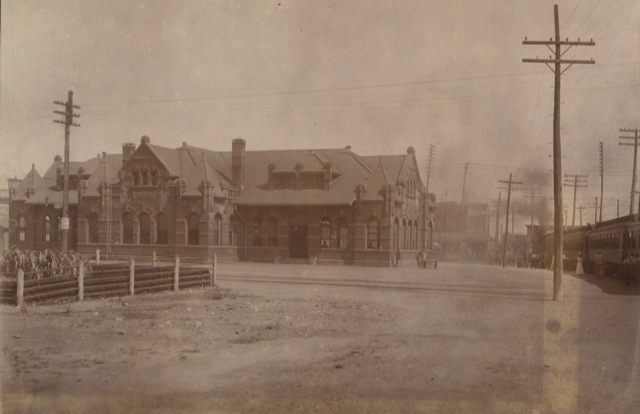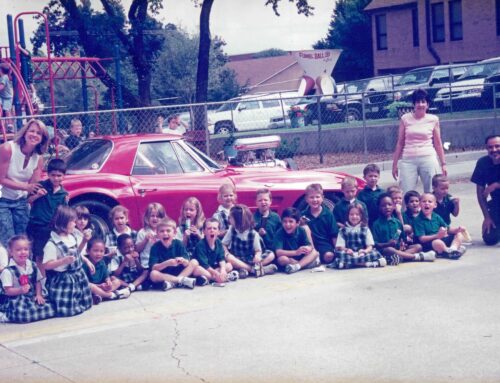
In 1868, William H. Gaston moved to Dallas and became one of the leading financiers of Texas. He was president of the Gaston National Bank of Dallas, which opened in 1904 at 226 Main St. The bank issued 6,000 $10 sheets with red seals. They were printed for about six years between 1902 and 1908. Each note has a portrait of William McKinley. The bank became insolvent April 1, 1909, when it consolidated with Commonwealth National Bank of Dallas.
In 1872, Gaston began promoting the 40-acre tract east of the city. Only four families settled there at the time, but with the coming of the railroads, people were attracted to the area and built houses in the undeveloped area between Dallas and East Dallas. Gaston designed and constructed his own Greek revival home in 1873 on the northeast corner of the old White Rock Road, now Swiss Avenue, and St. Joseph Street. His mansion was demolished in 1927 to construct Dallas Theological Seminary.
Gaston convinced the railroads to go through East Dallas by giving them $5,000 and free right-of-way through his property. The Houston and Texas Central arrived at the old Union Depot in East Dallas on July 16, 1872, and the Texas and Pacific on Feb. 22, 1873.
On Sept. 9, 1882, East Dallas was incorporated on a site of 1,400 acres. Some residents thought the town should be called Gaston rather than East Dallas. East Dallas merged with Dallas in 1890, making the population total 38,067. In that year’s census, Dallas placed first as the largest city in Texas for the first and only time.
— JOHN BOTEFUHR





